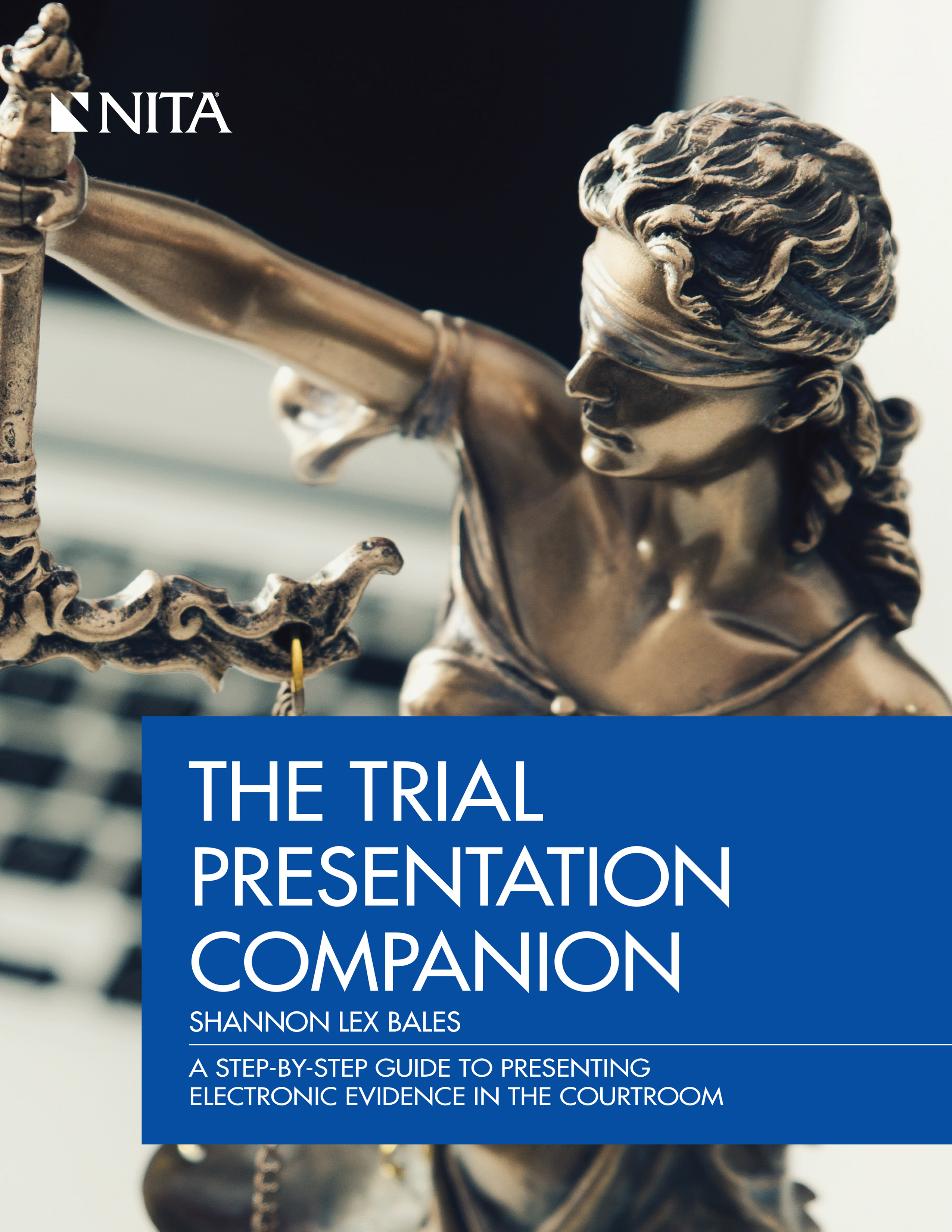Meticulously designed trial presentations elevate case effectiveness.
How Trial Presentations Can Transform Your Legal Approach for Success
In today's lawful landscape, the performance of test presentations can be critical. As we explore further, think about the prospective changes in court decisions when they are not simply notified, yet dramatically affected by tactical presentations.
The Role of Visuals in Enhancing Lawful Arguments

In modern legal methods, the strategic use visuals significantly strengthens arguments presented in court. Attorneys incorporate graphes, layouts, and other visuals aspects to clear up complicated legal problems and make them more easily accessible to courts and jurors. This visual technique aids in the retention of crucial information, streamlining the understanding of timelines, connections, or economic information that may or else be testing to comprehend via oral statement alone.
Furthermore, visuals act as powerful tools for persuasion (trial presentations). By presenting evidence in an aesthetically appealing way, lawyers can highlight bottom lines and guide the audience's emphasis towards one of the most compelling aspects of their case. This approach not just enhances the disagreement but also enhances its integrity, as visual proof is frequently perceived as even more purpose and much less vulnerable to predisposition than verbal explanations
Using visuals efficiently requires careful preparation and a deep understanding of the lawful and accurate problems entailed, making sure that each graphic element lines up with the overarching narrative of the case.

Using the Power of Multimedia to Engage the Court
Harnessing multimedia tools is becoming increasingly vital for involving a court efficiently. In today's digital age, jurors expect discussions that are not just interesting but also aesthetically compelling. The usage of multimedia in the court room can include videos, computer animations, and interactive representations, all of which serve to clear up intricate legal concerns and evidence. These tools can change abstract ideas right into substantial truths that jurors can understand and remember.
Better, multimedia presentations can accommodate different understanding styles. While some jurors are acoustic learners, others may profit much more from visual or kinesthetic experiences. By including aspects such as video reenactments of events or animated sequences of a timeline, attorneys can create an extra vibrant and immersive experience that keeps the jury's interest.
Additionally, the critical use noise and aesthetic effects can emphasize bottom lines, making them a lot more unforgettable (trial presentations). This method not only help in understanding but likewise enhances the persuasive influence of the lawful arguments offered
Efficient Storytelling Methods in Trial Presentations
Effective storytelling methods are vital for crafting engaging test discussions that resonate with jurors. Lawyers should curate stories that not just present facts but also connect psychologically with the audience. This entails constructing a storyline that is very easy to adhere to and connects to the jurors' day-to-day experiences.

It's vital for attorneys to keep authenticity while informing these tales. Jurors are most likely to engage with authentic stories instead than those that really feel contrived. The sob story in storytelling should not overshadow accurate precision and legal roughness. Ultimately, effective narration in trial presentations pivots on stabilizing psychological link with the jurors and a clear, rational presentation of the situation truths.
Using Modern Technology for Dynamic Proof Present
Many contemporary courts now incorporate advanced technical devices to improve the display of evidence throughout tests. Attorneys and lawful groups use these sources to present their cases more dynamically and persuasively. Technologies such as digital screens, interactive whiteboards, and real-time evidence sharing systems enable the seamless integration of multimedia material, which can consist of video clip reenactments, animated simulations, and electronic document access. This capability to present complex details company website in an aesthetically appealing way helps to clarify the facts for juries and judges, making it less complicated to recognize the nuances of an instance.
Moreover, the usage of technology enables attorneys to adapt their presentation strategies in response to the unraveling characteristics of the trial. They can quickly readjust the series of proof presentation or emphasize important details as reactions and requires arise during the courtroom procedures. This versatility often confirms essential in preserving the performance and influence of lawful debates.
Measuring the Influence of Test Presentations on Case Outcomes
Scientists and lawful analysts usually use measurable and qualitative approaches to determine the effect of dynamic test presentations. Qualitatively, feedback from jurors, judges, and attorneys that get involved in or observe these tests offers understandings right into the performance of such presentations in sharing intricate legal arguments and proof.
Researches have revealed a relationship in between using well-crafted visual help and higher rates of beneficial results for today party, suggesting that these tools not only make trials have a peek at this site extra understandable for juries however also more influential. It continues to be important to consider the moral effects and make certain that technology enhances justness and justice in the court room.
Final Thought
To conclude, the tactical combination of visuals, multimedia, and storytelling in trial presentations can home profoundly affect legal results - trial presentations. By satisfying diverse discovering designs and enhancing juror interaction, these tools make certain complex legal debates are both understood and remembered. Taking on such cutting-edge methods is not merely valuable however important in the modern-day lawful landscape, as they substantially elevate an attorney's capacity to communicate successfully, thus raising the chances of protecting a beneficial verdict